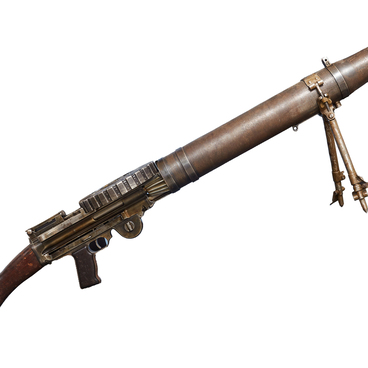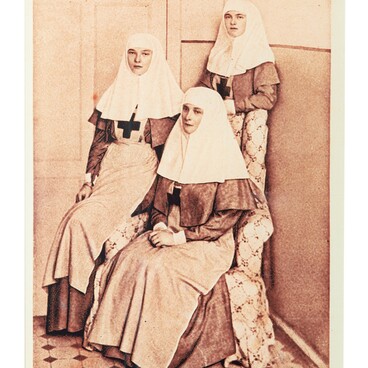During the First World War, the armies of the countries participating in the conflict widely used handguns. Among them was one of the most famous pistols in the world — a pistol designed by Georg Luger, called the “Pistol Parabellum”.
This name comes from the Latin proverb “Si vis pacem, para bellum” (“If you wish for peace, prepare for war”), which was the motto and advertising slogan of the company “Deutsche Waffen- und Munitionsfabriken” that produced these pistols. A distinctive feature of the pistol was a comfortable grip shape, which made it easy to aim, and therefore ensured high shooting accuracy. The high rate of fire and reliability of the Parabellum are also quite noteworthy. All this made the Luger pistol one of the most advanced weapons of its time.
The disadvantages of the Parabellum include the high cost and long production time — 12.5 man-hours per pistol. In addition, although its weight was only 870 grams, 6.1 kg of metal was required to produce one gun.
This pistol was always a coveted trophy among Russian soldiers. The 1908 model was most widely used during the First World War. The museum displays a rarer modification of the Luger pistol — the so-called “Artillery Luger”. This model features an elongated barrel, which improved the firing range, a removable stock, which significantly increased the accuracy of shooting, as well as a 32-round drum magazine (in the standard model, the magazine held only eight rounds).
The “Artillery Luger” was adopted by the Prussian
army on July 3, 1913, after Emperor Wilhelm II signed the relevant document.
During the First World War, about 144,000 such pistols and over 1.5 million
copies of the 1908 model were produced. After the end of the First World War,
due to restrictions under the Versailles Peace Treaty, the production of the
Pistole 08 was discontinued. A large number of pistols were destroyed, others
were modified and entered the civilian gun market.


